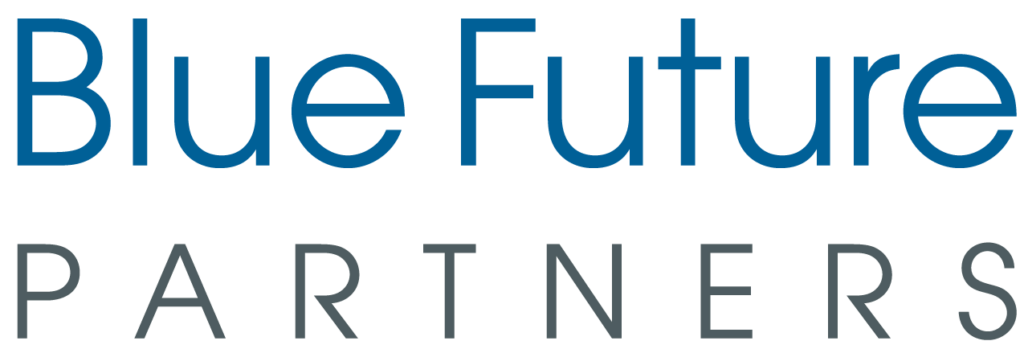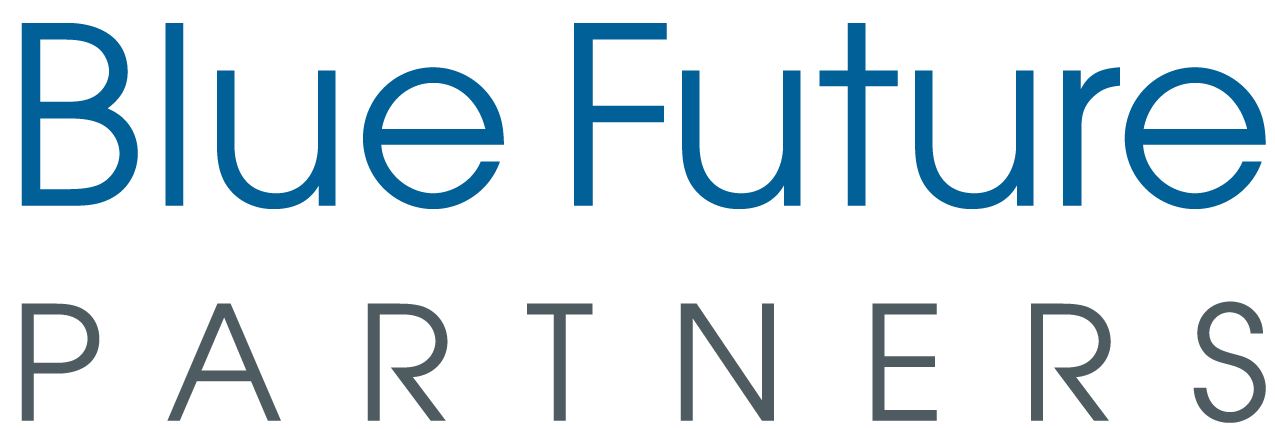A critical part of every VC firm is its ability to add value to its founders, as well as to scout the best deals in the market. To do this, VC managers usually need external collaborators and well-aligned incentive mechanisms to support to them. These external collaborators are usually called Venture Partners, Advisors, Scouts or Ambassadors – making sure that these profiles have the right VC incentives is absolutely critical.
In this article, we explain the typical incentive mechanisms in Venture Capital and how different collaborators get compensated.
Types of VC Incentives
In venture capital, professionals (at any level) get compensated with three different mechanisms (beyond the normal salary):
1. Carried Interest
2. Management Fee
3. Performance Bonus
But how do each of them work exactly?
VC Incentives: Carried Interest
It is a share of the capital gains obtained. It can be calculated on a fund level or at a deal-by-deal level. In the former case, the professional receives a share of the overall profit of the entire fund. In the latter, he/she receives a share of the profit from a single deal. Normally, the industry standard for carried interest at fund level is 20% in total.
VC Incentives: Management Fee
It is the annual fee paid by the fund to the manager to sustain operating costs (including wages). It is normally 2% per annum.
VC Incentives: Performance Bonus
As in other business roles, it is a share of the salary based on performance. It can take the form of a yearly bonus or a success fee.

Types of Collaborators in a VC Firm
There are 4 types of external collaborators in a VC firm:
Venture Partners
Venture Partners are seasoned professionals (usually operators or industry experts) with a full-time role in another company. They have a strong personal relationship with the managers and support the fund in 2 main activities: 1) sourcing new deals 2) helping the portfolio. The amount of time they dedicate to a VC varies on a case-by-case basis.
The most common way to incentivize Venture Partners is to create a “carry pool” just for them. Such a pool is usually anywhere between 3-20% of the total carry. We think that an incentive for Venture Partners of 10%+ is appropriate and creates the best alignment.
Sometimes, Venture Partners instead of receiving a share of the total carry receive some carry on a deal-by-deal basis, which means that they would profit from the gains of their investments. In this case, the carry share is 5-20%.
Advisors
Advisors have a very similar role to Venture Partners and between the two there is not a completely clear differentiation. Eventually, the “Advisor” connotation refers more to an industry expert that supports the fund on a more ad-hoc basis (so typically less involved than a Venture Partner); however, such a role is not perfectly defined and there are differences from firm to firm.
Given the similarity of the roles, Advisors are basically incentivized in the same way as Venture Partners.
Scouts
The role of a scout is exclusively focused on sourcing. Scouts are usually founders, operators or community leaders who have a strong network in the tech ecosystem and whose role is simply to bring dealflow to the fund.
Some of the largest and most successful VC firms have scout programs (e.g. Index, Accel, Lightspeed, Atomico). The greatest example is definitely Sequoia’s scout program, which is described in detail in this great article from TechCrunch.
Scouts usually have a certain amount of capital to deploy (usually anywhere between 0-100k) by themselves on behalf of the manager and are usually compensated with a combination of two factors:
– Deal by deal carry
– Success fee (upfront cash payment that they receive, that is usually triggered by the firm approving the investment or by the firm investing in the next round
Ambassadors
The role of an Ambassador usually refers to students who act as scouts for a fund, typically focusing on dealflow from universities or research labs.
They are therefore more junior profiles who are selected as they are part of a certain student / academic community.
Their compensation is structured in the same way as of scouts. The differences are:
– Ambassadors do not have a specific amount of money to deploy (i.e. they just make introductions, without taking any investment decision).
– Given the more junior profiles of the Ambassadors, their incentives (both fees and carry) are generally way lower than for scouts or venture partners
Others
When thinking about different ways to support the fund, managers sometimes can have some creative ideas. One that is worth mentioning and that is particularly interesting is what Kindred Capital calls the “Equitable Venture” model.
Within this framework, the fund shares a part of the carry with its portfolio founders, that have a direct incentive to bring new deals to the fund, as well as to support each other. It also creates an even stronger alignment between the founders and the manager.
Another interesting example consists of giving carried interest to whomever brings a deal to the fund, independently from the previous relationship built with the manager. A Chinese vc called Frees Fund has been implementing it.
To summarize, we think it is key to have a proper incentive mechanism for everyone working with the firm, including external collaborators that are an important part of the success of a fund.
We hope this article can also provide some information for those who are evaluating one of the positions mentioned above and would like to get ideas on how to benchmark their incentives!
—
Authors
About Danchun Chen
Danchun joined Blue Future Partners as an Analyst in 2020 as part of the research team. She is fascinated by the great impact of venture capital and tech startups on the future economy at a global scale. Before joining BFP, she spent time in Strategy Consulting, Startups and Venture Capital across China, France, Singapore, India and Switzerland.
Danchun holds a Master in Management from EDHEC Business School in France and a Bachelor of Arts from South China Normal University.
Linkedin
About Marco Cesare Solinas
Marco is an Analyst at Blue Future Partners, where he is responsible for sourcing and analysing new investment opportunities. He is passionate about Technology and Venture Capital and making an impact with investments. He focuses on both direct and indirect investments.
Previously, he has built an international and multicultural background across Italy, US, Germany, Turkey and Malaysia. Marco holds a CEMS Master’s in International Management and a Bachelor´s in Economics and Finance from Bocconi University.
Linkedin — Twitter — Medium








